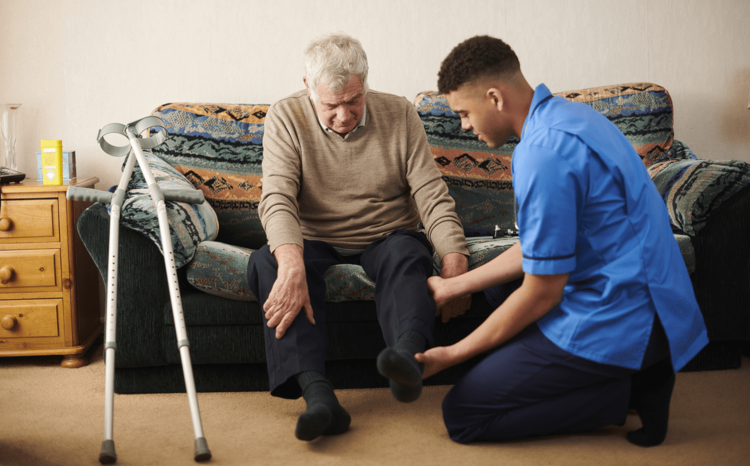Common Scottish EHR in three years, report advises
- 6 June 2005
Scotland should aim to have its own electronic health record system within three years, a report into the future development of NHS Scotland has recommended.
The Kerr report, developed by a team led by Professor David Kerr, aimed to set out how NHS Scotland should evolve over the next few decades. Among its recommendations, it said that NHS Scotland should purchase an ‘off-the-shelf’ electronic record system and have it installed within three years, rather than developing an original solution specific to Scotland.
A spokesperson for the Scottish Executive told E-Health Insider that the IM&T strategy was supportive of the Kerr report, and that the Scottish Executive was already working on plans to implement a patient record.
NHS Scotland issued a re-tender notice shortly before the publication of the Kerr report for a nationwide electronic patient record.
Scottish Health Minister Andy Kerr, announcing the report to Parliament, said: “The need for enhanced Information and Communications Technology is a recurring theme in the Kerr Report.” He added that not only will all relevant staff be able to access a patient’s electronic health record but the patients themselves.
The Kerr Report says that any record “should be compulsory, not optional, and should result over time in a paper free system. It should be capable of interface with social care systems and the CHI [Community Health Index] number (patient identifier) should be recognised across the health and social care systems to ensure a joined up approach.”
The specification advised draws heavily on both the National Programme for IT and the US-based Veteran’s Health Administration’s Computerised Patient Record System (CPRS). The CPRS was praised by the report as it displays information "in a way that supports clinical decision making".
As well as care records, however, the Kerr Report calls for an investment in telemedicine, describing it as “vital… this may involve technologies as simple as the effective use of the telephone, through digital transfer of information, advice and images, to real time video-conferencing and consultation.”
One successful telemedicine project in Scotland cited by the report is the Grampian Telemedicine Initiative, which links Aberdeen Royal Infirmary to 14 A&E departments across the Grampian area. The systems were first used to assess patients over videolink as to whether they needed transferring to Aberdeen for treatment or could be treated at local centres.
Yet far from remaining static the Grampian Telemedicine initiative is in the process of expanding; for instance, it is used for teleconferencing. Paramedics in the community carrying out thrombolysis (using drugs to break down blood clots) can also use the system for clinical support, accessing experts in Aberdeen, with the result that delivery targets are being met with room to spare.
The report also recommends remote patient monitoring as integral to the electronic health record; patients should be able to be assessed remotely and electronic health records updated as appropriate.
The current low-tech system must evolve into a high-tech system, the report concludes, criticizing “lack of investment” for the current system. “A common information technology system that will provide the ‘glue’ for an integrated NHS seems to be a universally accepted requirement,” it says.
Links
The Kerr Report: Building a Health Service Fit for the Future




